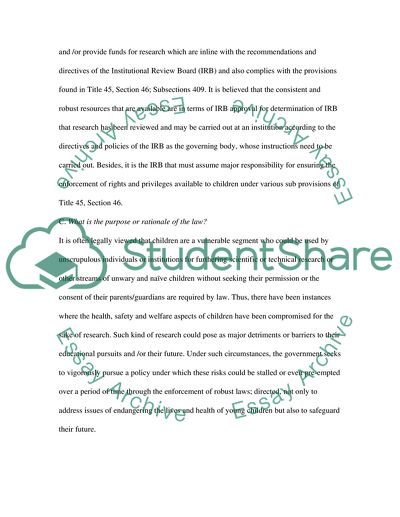Cite this document
(“Current Social Worker Law in the USA Research Paper”, n.d.)
Current Social Worker Law in the USA Research Paper. Retrieved from https://studentshare.org/human-resources/1567446-hsm-law-profile-paper
Current Social Worker Law in the USA Research Paper. Retrieved from https://studentshare.org/human-resources/1567446-hsm-law-profile-paper
(Current Social Worker Law in the USA Research Paper)
Current Social Worker Law in the USA Research Paper. https://studentshare.org/human-resources/1567446-hsm-law-profile-paper.
Current Social Worker Law in the USA Research Paper. https://studentshare.org/human-resources/1567446-hsm-law-profile-paper.
“Current Social Worker Law in the USA Research Paper”, n.d. https://studentshare.org/human-resources/1567446-hsm-law-profile-paper.


